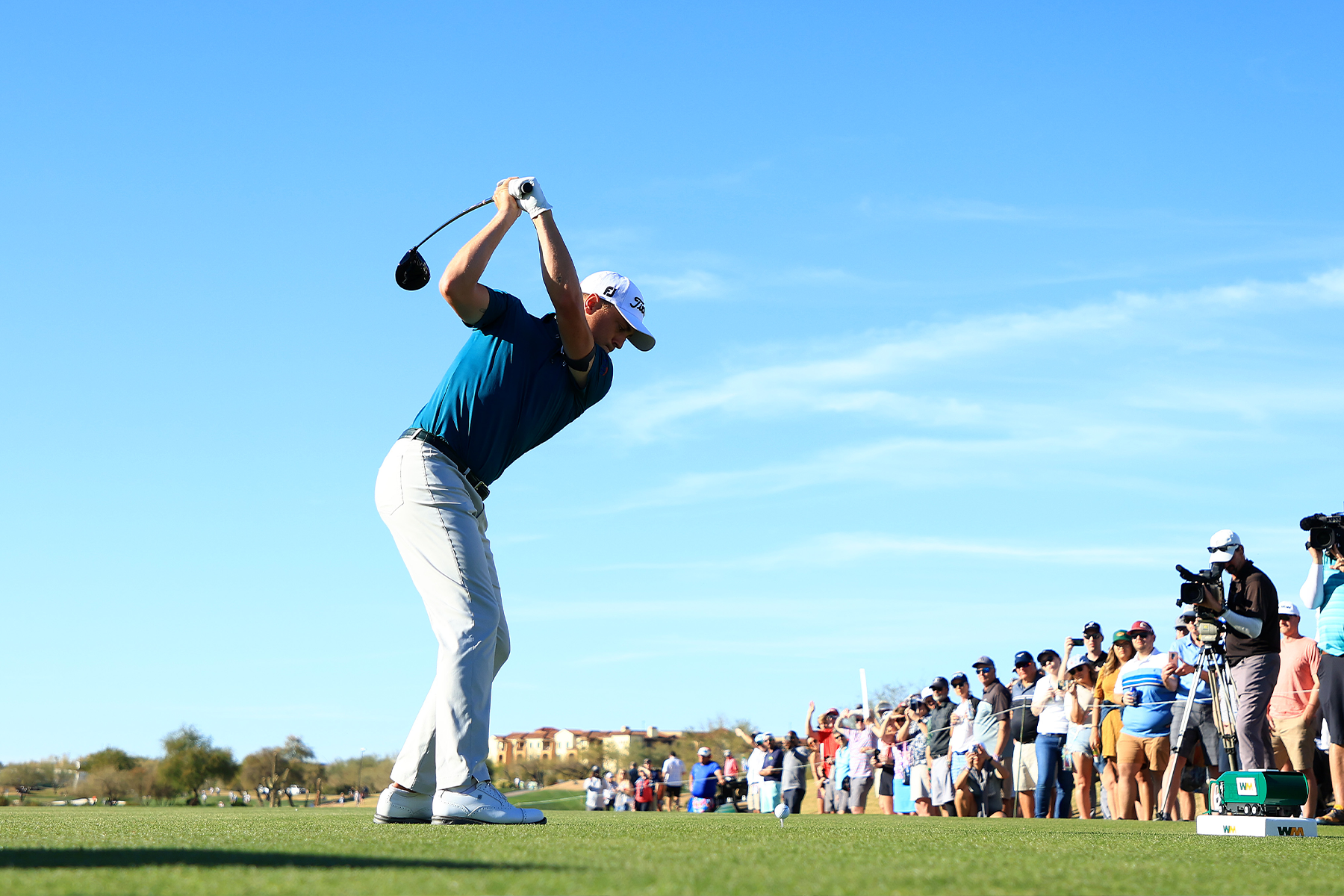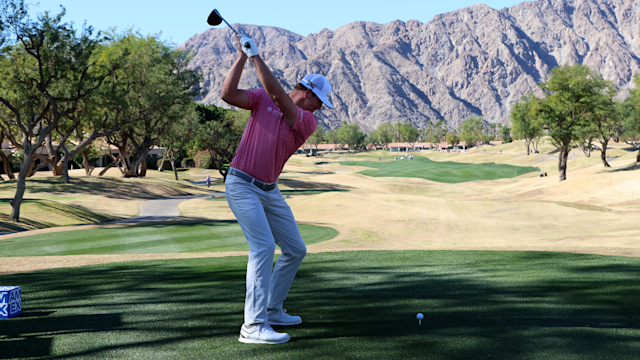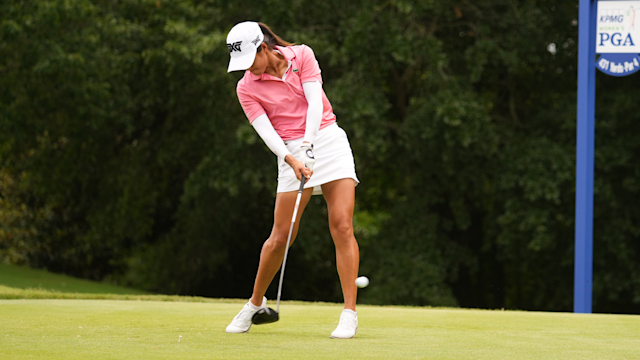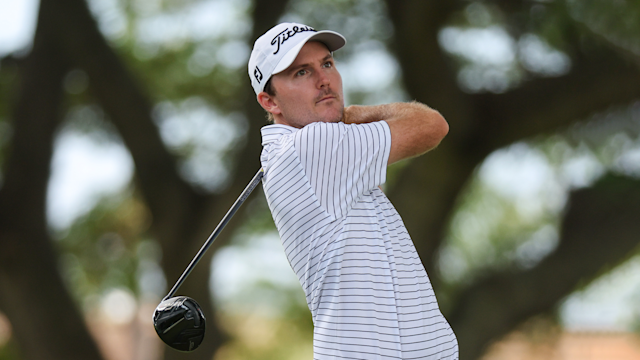quick coaching
The 5 Steps To Take When The Course is Fast & Firm
By Keith Stewart, PGA
Published on

Justin Thomas of the United States hits his tee shot on the 13th hole during the first round of the WM Phoenix Open at TPC Scottsdale on February 10, 2022 in Scottsdale, Arizona. (Photo by Mike Ehrmann/Getty Images)
The best players are being tested by a firm and fast golf course this week at the Waste Management Phoenix Open.
Does it ever cease to amaze you how much dry conditions create the best tournament theater? The PGA Tour’s finest have their work cut out for them. As if the crowds in Phoenix aren’t crazy enough, now they must contend with a fiery layout.
You can play the same course every day, yet with changes in competition, course conditions, tee boxes and weather something always is different. While watching the action at TPC Scottsdale this weekend let’s focus on how to handle a course when it’s firm. Start by watching where the players land the golf ball.
What did you notice in that approach from Justin Thomas? The 7th ranked player in the world goes for every pin. In round one, he ranked #1 in the field for approach. Yet in this shot, he landed the ball nowhere near the hole.
Now we are stuck with a couple of important questions. How did he know where to land the ball? How much does each club bounce when it lands?
We can answer both if we pay particular attention to the process, because even for a world class player it is an estimate. Start by going through your normal routine. Get the yardage, consider the wind and if there’s an elevation change. When the surface is firm, look at the landing area. Where is the pin located: front, middle or back? Where can you land the ball? Observe your options knowing the ball will bounce and roll.
For the average golfer, we can keep it simple. How far are we going? The overall length to the pin will determine the amount of bounce and rollout. The farther away, the more we need to adjust. The closer and you won’t need to accommodate for the rollout as much.
The reason for this is the height with which we hit the shot. If the ball flies more like a line drive on our long shots, then we need more room in front of the target. Know there is a sliding scale based upon the loft of the club you are using. Follow this easy example and start to make more confident decisions when the course gets dry.
- Determine the overall length of the shot based upon elevation, wind, and temperature.
- Pick a range of clubs you would use to hit that shot.
- Based upon the trajectory of the shot (close-high, far-low), subtract from the original distance and locate your new landing area.
- Determine the distance to that landing area and how much rollout you expect.
- Match a club for the shot based upon the new information.- I have to hit a 125 yard carry shot with 10 yards of roll.- My 9 iron flies 120 and rolls out 10 yards in firm conditions. That’s close enough.
Almost everyone reading this may not know those carry and roll out numbers and that’s okay. Going forward, pay attention to your carry yardages. They will be the same all the time. The bounce is what changes. Under firm practice or playing conditions, pay attention to the roll out. Keep a written or mental inventory of those details.
Firm conditions are a challenge for everyone who plays the game. If you take the time to pay attention during your round and on the practice tee you can be better prepared. Follow the plan outlined above and before you know it, the crowds will be cheering for your shots…



